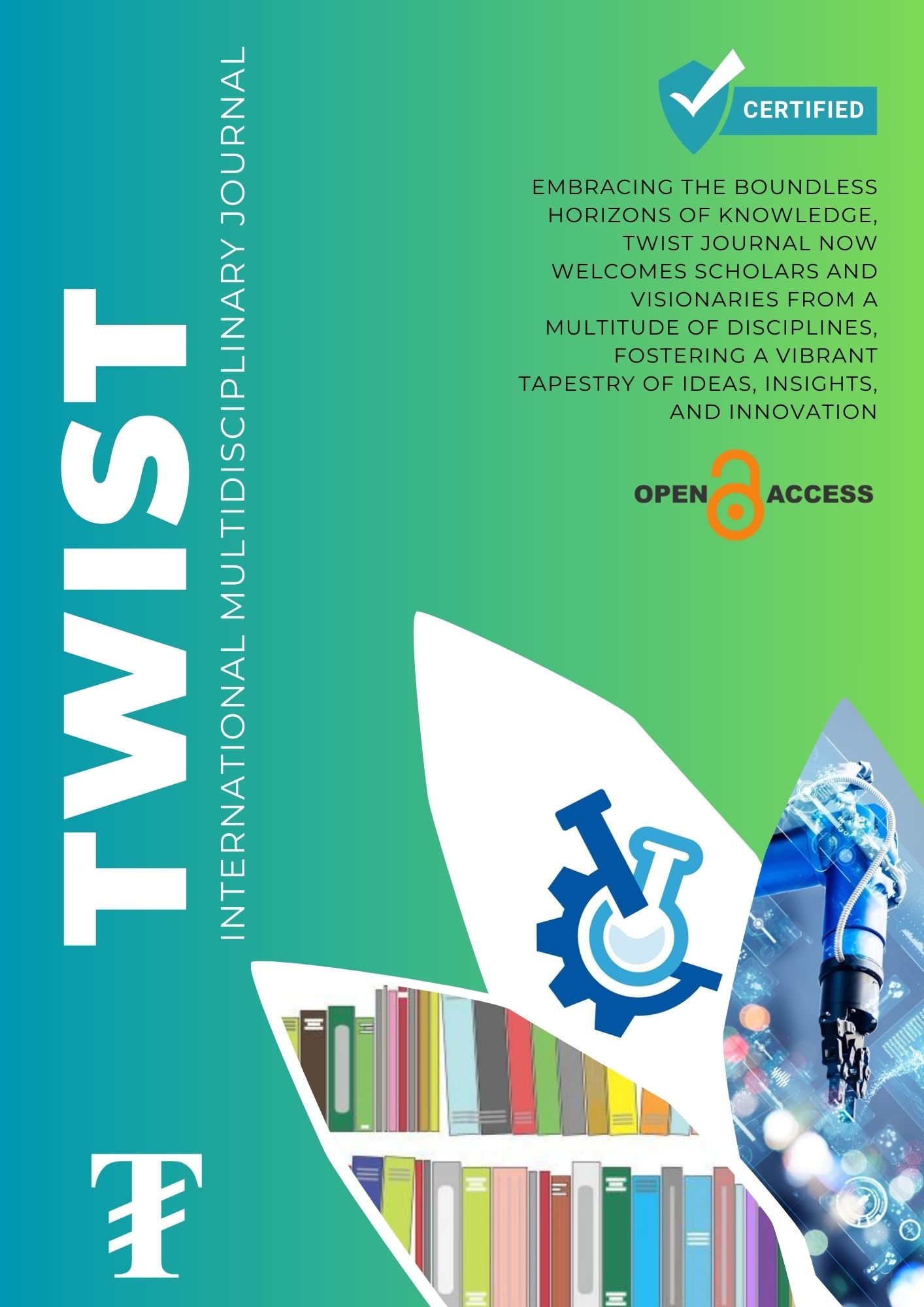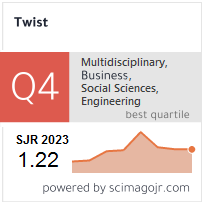Optimization of Green Hydrogen Production in Alkaline Water Electrolysis with Bio Synthesized Lye and Caustic Soda Electrolytes using Taguchi OA
Keywords:
Hydrogen gas, Alkaline water electrolysis, Biolye-caustic soda electrolytes, Taguchi designAbstract
Overreliance on fossil fuels has led to increased interest in alternative, environmentally friendly fuels like hydrogen. Green hydrogen production via alkaline water electrolysis has zero carbon emissions, preserving its environmental benefits. To synthesized green hydrogen by alkaline electrolysis, potassium hydroxide (KOH) and sodium hydroxide (NaOH) were used as aqueous electrolytes made from biochar of plantain peels and electrolysis of sodium chloride in sea water respectively. The alkalis buffer the electrolyte to enhance its ionization strength for dissociating water molecules in the solution. The alkaline water electrolysis was influenced by parameters like electrolyte concentrations, residence times, temperatures and input voltages. The experiments were designed with factorial Taguchi OA design in expert version-13. The aforementioned parameters were varied to investigate the volume of hydrogen gas generated and modelled. The statistical metric, signal to noise ratio were investigated to evaluate the optimal conditions of the process parameters. Findings using KOH, for volume of hydrogen generated the optimum conditions were 30 g/L concentration, 15 minutes residence time, 85 oC temperature and 7 volts applied. Conversely, with NaOH, the optimal conditions for generating hydrogen using NaOH were 35 g/L concentration, 15 minutes residence time, 45°C temperature, and 7 volts applied. The coefficient of determination for the models generated were within the range of 0.98-0.99, indicating that the models were a good fit to represent the alkaline water electrolysis using both aqueous lye.
Downloads
Downloads
Published
Issue
Section
License
Copyright (c) 2024 TWIST

This work is licensed under a Creative Commons Attribution-NonCommercial-ShareAlike 4.0 International License.











